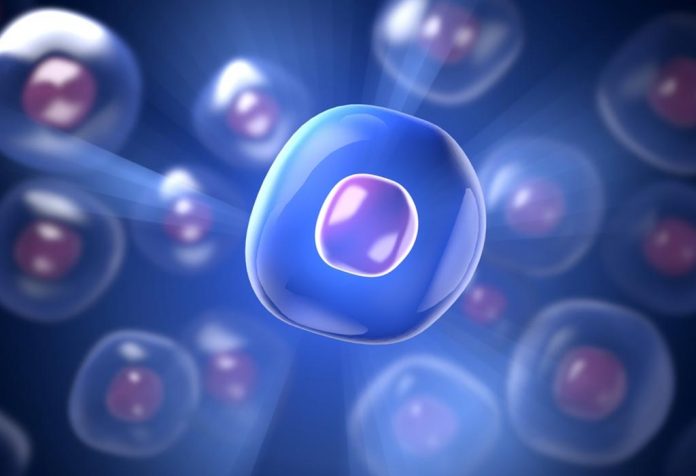Egg Quality in Women
The peak fertility for women is reached around age 25 and remains about the same until approximately age 32, when it begins to decline. At age forty, the rate of decline accelerates and by age 42 a woman has lost almost 70% of her fertility potential. This trend continues until menopause, which occurs around age 51 on average in the U.S.

.
At birth there are approximately 1-2 million eggs in the ovaries. This number falls to about 500,000 at the time of puberty and results in approximately 400 ovulations during the reproductive years. The development of eggs is controlled by the pituitary gland which releases a hormone called Follicle Stimulating Hormone (FSH) that stimulates follicular growth. Inside of each follicle is an egg, surrounded by granulosa cells and follicular fluid. The follicle produces estrogen, which signals the brain as a feed back. At the beginning of a woman’s reproductive life span, the ovary responses readily to stimulation from the brain to produce a mature egg. However, over time the number of eggs decreases in the ovary. These remaining eggs do not respond as easily to the FSH signal from the brain, which makes more FSH in an attempt to stimulate the ovary to produce an egg. We measure the FSH and estradiol (E2) on the third day of the menstrual cycle to determine ovarian reserve. Since E2 can falsely suppress FSH, the interpretation of FSH requires that the E2 concentration be less than 40 pg/ml on same day.
An elevated FSH level does not necessarily mean that the woman is about to enter menopause. Rather, it suggests that she has entered the transitional period, which is the period that precedes the onset of menopause. Most women with increased FSH levels continue to have regular periods and ovulate. Women with markedly elevated FSH levels (greater than 20) usually do not respond adequately to stimulation with fertility medications and are best treated using donor eggs. This is even more indicated when raised FSH levels are detected in a woman over 40, whose egg quality is likely to be reduced as well.
It is important to realize that while FSH levels are relatively reliable indicators of ovarian strength and sensitivity to fertility hormones, it is largely the woman’s age that determines her inherent egg quality. While a woman in her 30s with a raised FSH is likely to have ovarian resistance to fertility drugs, the outcome may be better than someone in her 40s with normal FSH.
Women in the late reproductive years not only have significantly lower pregnancy chances, but also a high miscarriage rate due to chromosomal abnormalities in their embryos. IVF through facilitating the delivery of multiple embryos to the uterus can enhance the birthrate in such women. IVF is accordingly the treatment of choice for infertile women in their early forties, who simply do not have the time to waste on relatively non-efficacious alternatives. If conventional IVF fails using one’s own eggs, ovum donation promises outstanding success rates regardless of the woman’s age or FSH level. The live birth rate of ovum donations (regardless of the woman’s age) ranges from 50-55% per fresh cycle, not including the additional frozen cycle pregnancies.
- 21/05/01
- ۲۰۲ نمایش

